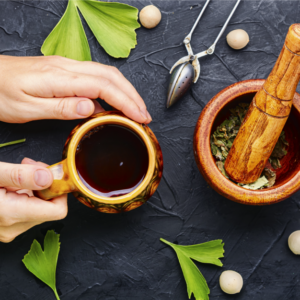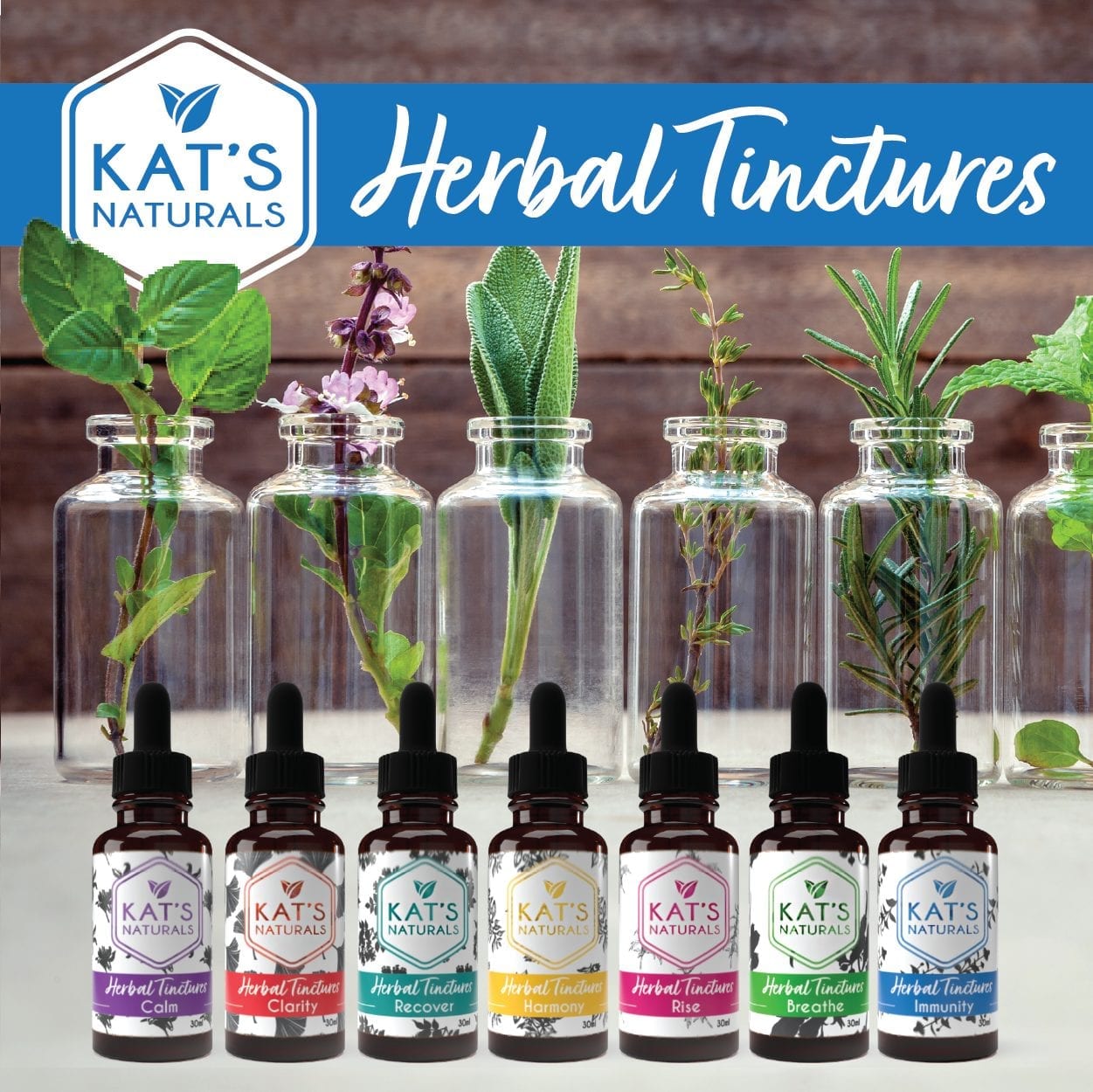No products in the cart.
What are Homeopathic Remedies?
Homeopathic remedies typically come from plants, herbs, minerals, or animal products. In their natural state, they’re toxic substances. But once you crush, dissolve, and dilute them thousands of times, you can eliminate the original substance so that they’re safe to consume.
Take arnica, for example. Typically, you use arnica as a plant, not as a homeopathic. If you ingest arnica without diluting it, you’ll consume toxic substances that can lead to soreness, aches, and internal bleeding. However, if you dilute the original substance so that only a few molecules remain, you can safely ingest arnica. And it will heal the very things that the toxic version creates: bruising and soreness.
Given their therapeutic benefits, homeopathic remedies are popular medicines in Europe. Forty out of 42 European countries use them, and 100 million European citizens rely on them in their day-to-day healthcare. They’re also the first thing that physicians prescribe to consumers.
But Europe isn’t the only place where you’ll find homeopathic remedies. Several countries outside of Europe have etched these medicines into the everyday lives of their consumers. And each country has done this for one reason: homeopathic remedies work.
These remedies have the potential to make a significant impact on people’s well-being. But if you’re skeptical or unsure of what they are, it’s time to learn why you should add these natural solutions to your medicine cabinet.
The history of homeopathy
Samuel Hahnemann was the first person to create homeopathic remedies. After growing up in Germany, Hahnemann received his medical degree in 1779 but had significant trouble making a living during his first fifteen years as a physician. It was only after Hahnemann’s unique discovery that he changed his life.
When Hahnemann started taking consistent doses of cinchona, he noticed that the bark created all of the symptoms linked to intermittent fever. While the symptoms generated a more mild degree of the ailment, Hahnemann had an idea. In 1796, he published an essay titled New Principle for Ascertaining the Curative Power of Drugs and followed up on it when he published The Organon of the Healing Art.
In his works, Hahnemann suggested that if a patient had an ailment, the individual could find relief by taking medicine, which, if administered to a healthy person, would lead to similar symptoms of that same ailment but to a lesser degree. For example, consider someone who’s experiencing extreme nausea. Hahnemann would’ve recommended medicine that’d provoke mild nausea in a healthy person. His belief led to the famous theory called the ‘principle of similars,’ which supports the founding of homeopathic remedies.
Compared to orthodox medicine, Hahnemann’s discovery seemed very foolish. He and other homeopathic practitioners approached health and wellness in a way people had never seen before. The practitioners liked to have at least one-hour consultations with their patients to discuss all aspects of their illness and life. People also regarded homeopathy as safer, simpler, and more effective, which was especially true when Hahnemann discovered it.
In the 1770s, people viewed orthodox medicine as crude and ineffective. It consisted of potentially dangerous practices such as polypharmacy, profuse blood-letting, and purging, making homeopathic remedies an attractive option to Hahnemann and many others.
How do homeopathic remedies work?
The research behind a homeopathic’s mode of action is still ongoing. But there’s one thing that researchers do know: homeopathic remedies provide quick relief. These medicines work energetically on a cellular level because their original toxic substance isn’t there.
When the toxins are gone, the leftover substance plays on the cellular level to deliver a fast effect, making homeopathic remedies perfect for acute uses. For example, here are a handful of homeopathic remedies that you can use to relieve temporary health conditions.
Homeopathic Remedies |
Use |
Pulsatilla |
Runny nose or watery eyes |
Kali Brichromicum |
Thick, yellow or green mucus |
Euphrasia |
Aches and pain |
Belladonna |
Fever |
Lachesis |
Hot flashes |
The great thing about these remedies is that they’re effective treatments that don’t have any side effects. Homeopathic medicines are the safest, easiest to take, and cheapest natural remedies that you can get.
Homeopathic remedies vs. other natural products
While homeopathic remedies are natural medicines, they are in a category of their own. These remedies are different from other plants, even though it’s easy to confuse them with herbs. Despite popular belief, homeopathic remedies and herbs have many dissimilarities. In fact, four key factors differentiate them.
The ingredients
Herbal remedies require you to use leaves, barks, flowers, and roots. You have to use an alcohol or glycerin extract to combine those natural ingredients and utilize them to their full potential. You can also make herbal tea, which uses real parts of a plant, or a decoction, which only contains barks and roots after the extraction. Or, you can create an herbal capsule and consume the natural ingredients that way.
Homeopathic treatments, on the other hand, are a lot different than herbal remedies. You can’t ingest them in their natural state. These plants are toxic, so they must be highly diluted for you to use them
The formulation
Herbal remedies are very easy for you to create in your natural environment if you live in an area where herbs grow. Homeopathic remedies, however, require much more effort.
You will either need to find a homeopathic practitioner that can create safe, non-toxic medicines that target your specific ailment. Or if you don’t want to use a practitioner, you will need to find a book or guide that can help you create the right remedy. Reliable sources for these remedies are Boiron and Hyland’s Homeopathic, two companies that offer homeopathic products.
Another good resource is ABC Homeopathy, a website that suggests remedies based on the symptoms you type in. You can also refer to a useful book titled Practical Homeopathy: A comprehensive guide to homeopathic remedies and their acute uses.
The uses
Herbal remedies are long-term supplements. You can take most of these alternative medicines every day without facing any side effects.
Homeopathics are an acute solution. You should only take them when you need them. For example, if your child is having teething pain, a homeopathic remedy can quickly stop the problem. Or, if you have perimenopausal symptoms like hot flashes, homeopathic remedies can provide relief.
The taste
Unfortunately, herbal remedies don’t always taste great. While they’re easy to produce, you might have a hard time giving them to children or taking them yourself.
Homeopathic remedies, however, taste really good. They’re usually little pellets in a lactose or sugar substance. And when they melt underneath your tongue, you’ll experience a flavorful and sweet taste that you can’t ignore.
Despite their differences, homeopathic remedies and herbal medicines can still walk hand-in-hand. They’re safe for any age to ingest, and they work well together in the body. You can and should have both of these natural solutions in your medicine cabinet. Your herbal remedies can act as long-term supplements that you can take every day, while your homeopathic remedies operate as acute solutions.
Combining homeopathic remedies with other natural solutions
Homeopathy helps complete your medicine cabinet. But what’s even better is that you can combine homeopathy with other natural solutions. Take CBD, for instance. Homeopathic remedies pair perfectly with organic CBD products.
For example, if you’re experiencing pain, you can use CBD to help repair your nervous system and certain receptor sites in your brain so that your body stops reacting to the pain perception. You can also use it to reduce inflammation. However, you can’t always use CBD to target the underlying factors of your pain. Sometimes, you need a holistic approach.
Homeopathic remedies are a great solution in these situations because they move disease patterns out of your body. They also target other symptoms that pop up as a result of your initial condition. For example, if you have liver damage because of your pain, homeopathic remedies can provide relief while your CBD continues to eliminate your discomfort.
How to use homeopathic remedies
If you decide to add homeopathic remedies to your medicine cabinet, you need to know how to use them. The first step with any product is to read and follow the instructions on the product label. However, there are a few simple directions that you should also consider when using a homeopathic.
- Never touch your homeopathic remedy. Because they’re energetic medicines, your touch can reduce their effectiveness.
- Put the homeopathic directly into your body to avoid physical contact. Once you take the cap off the bottle, shake a couple of pellets into the cap. Then, put the pellets underneath your tongue before you place the cap back onto the bottle.
- Do not consume anything with menthol or coffee within two and a half hours of taking your homeopathic remedy. Menthol and coffee can eliminate a homeopathic remedy’s effect.
- Don’t use a homeopathic remedy unless you need to. If your symptoms start to abate, reduce your dosage. And if your symptoms subside completely, stop taking the homeopathic.
If you’re ever in a situation where your homeopathic solution doesn’t work, you probably don’t have the right mix and need to try a new one. In this case, it’s essential to stop the work that the previous homeopathic remedy has done.
The best way to do this is to drink a little bit of coffee or use a bit of peppermint oil to neutralize the homeopathic and render it completely ineffective. This strategy will clean the homeopathic out of your system so that you can use another one and experience natural relief.
Complete your medicine cabinet
Homeopathic remedies are great solutions. They provide quick relief, taste good, and come with no side effects. They’re safe for any age, pair well with other remedies, and are incredibly cheap to buy.
But they’re not the only things that should be in your medicine cabinet. There are three other natural solutions that you should have at your fingertips. And we’re giving you all of them in the next part of our series The Complete Medicine Cabinet.





